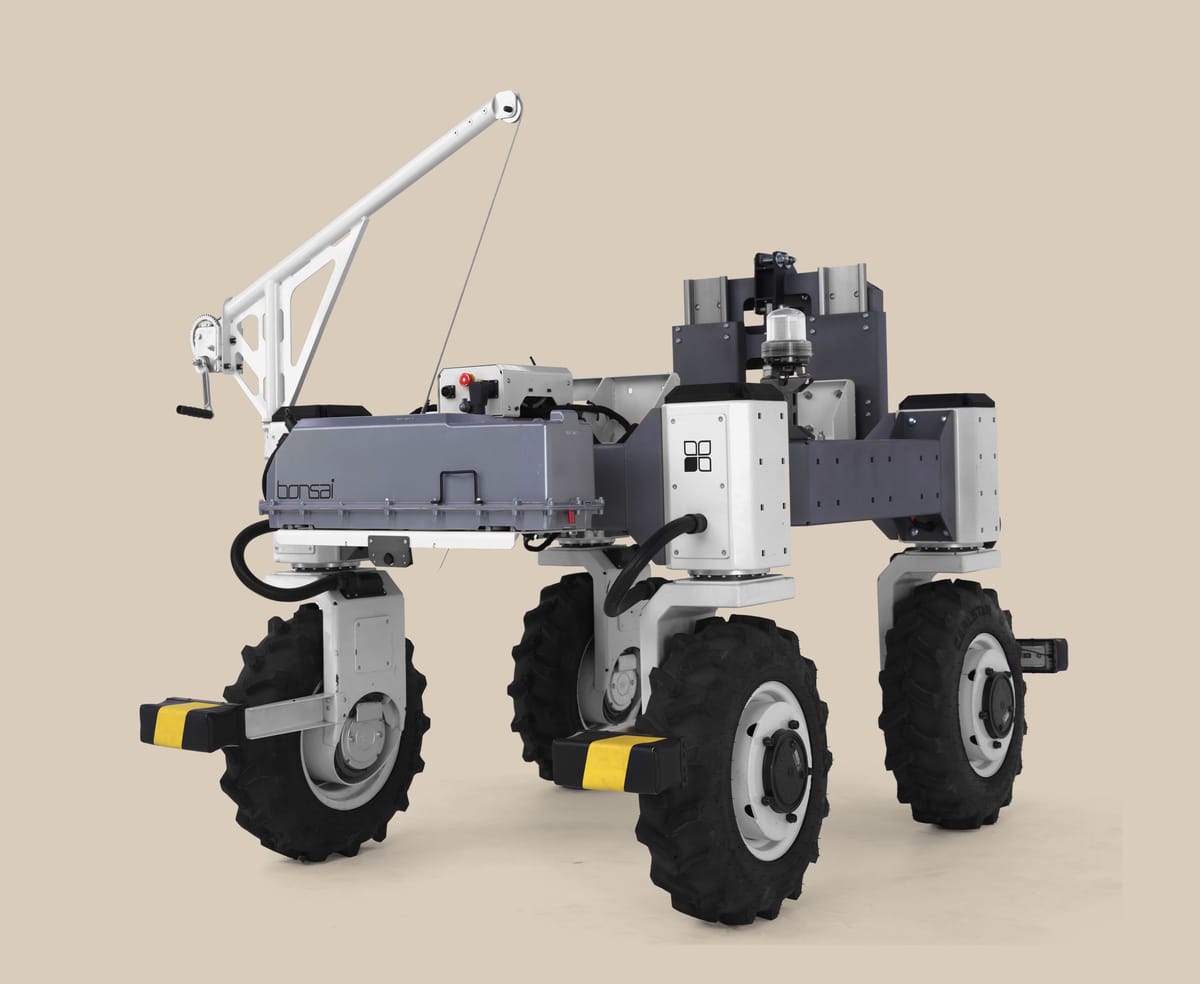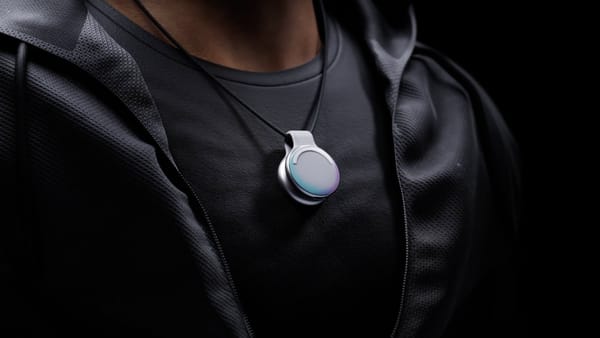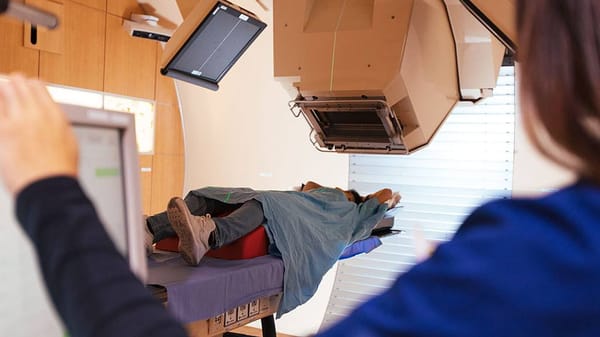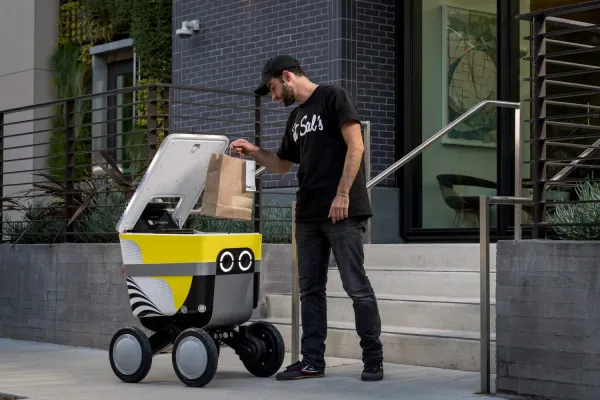Bonsai Robotics Launches Amiga Lineup for Smarter Farm Autonomy

- The Amiga Flex, Trax, and Max are new autonomous vehicles, each built for a different type of farm work.
- All run on Bonsai Intelligence, a vision-based system trained on real-world data to work without GPS or maps.
Bonsai Robotics has introduced a new lineup of autonomous vehicles for agriculture. The Amiga Flex, Trax, and Max were unveiled at FIRA USA 2025 as the company’s first major release since acquiring farm-ng in July. Each vehicle is powered by its vision-based autonomy platform and is built for real-world R&D and commercial deployments.
The Amiga Flex is a modular electric vehicle designed for research, testing, and light-duty farm tasks such as weeding, scouting, and towing implements. It supports an 800 lb. payload, 1,600 lb. towing capacity, and runs for over 8 hours on a single battery pack. The vehicle has batteries that can be swapped out quickly, ports for adding sensors or tools, and a sturdy frame that can lift small farm equipment. The Amiga Trax is a low-clearance, high-traction machine suited for spraying, mowing, and hauling in rough or sloped terrain. The Amiga Max is built for tougher jobs, with a stronger lift system, the option for hybrid power, and the ability to handle heavier work in crops, orchards, and rough farm terrain.
All vehicles run on Bonsai Intelligence, the company's vision-based, embodied AI system, designed to navigate complex field conditions without GPS or pre-mapped data. The system has been trained on over 500,000 acres on multiple continents and in a wide variety of crops. It uses real-time perception to navigate complex environments. Users can manage these autonomous machines through the Bonsai Pilot app, a cloud-based solution that supports fleet-wide control, monitoring, and deployment.
🌀 Tom’s Take:
Bonsai Robotics is packaging hardware and autonomy into a system built for real field conditions. Matching each vehicle to specific tasks and cutting out the need for GPS or maps makes this a more practical path to deployment.
Source: EIN Presswire / Bonsai Robotics






